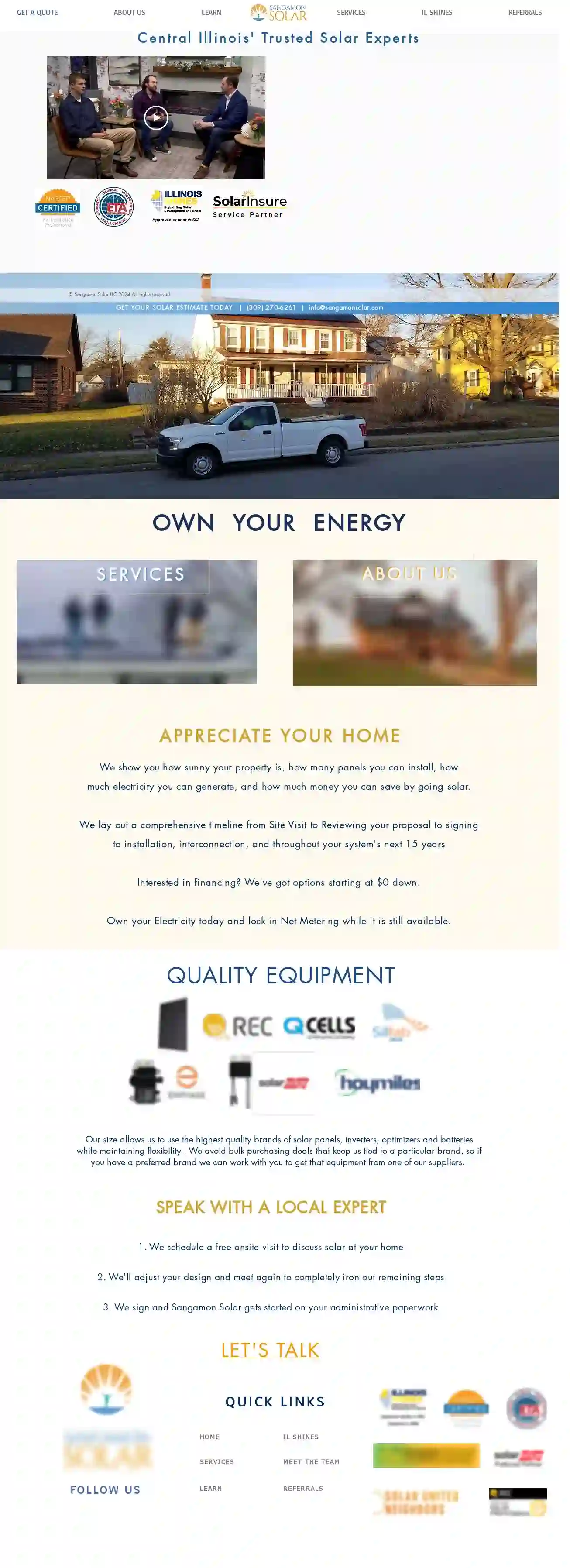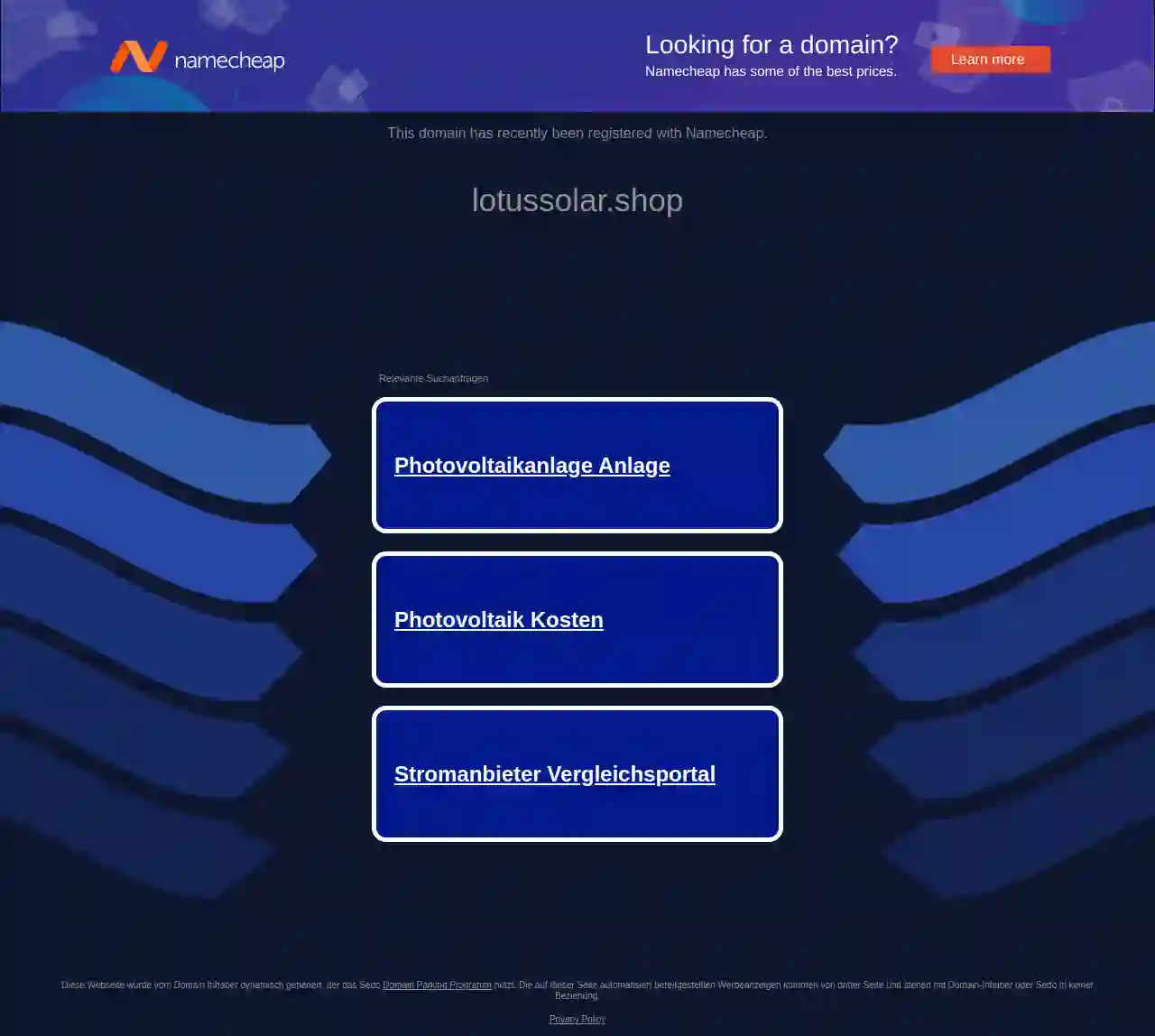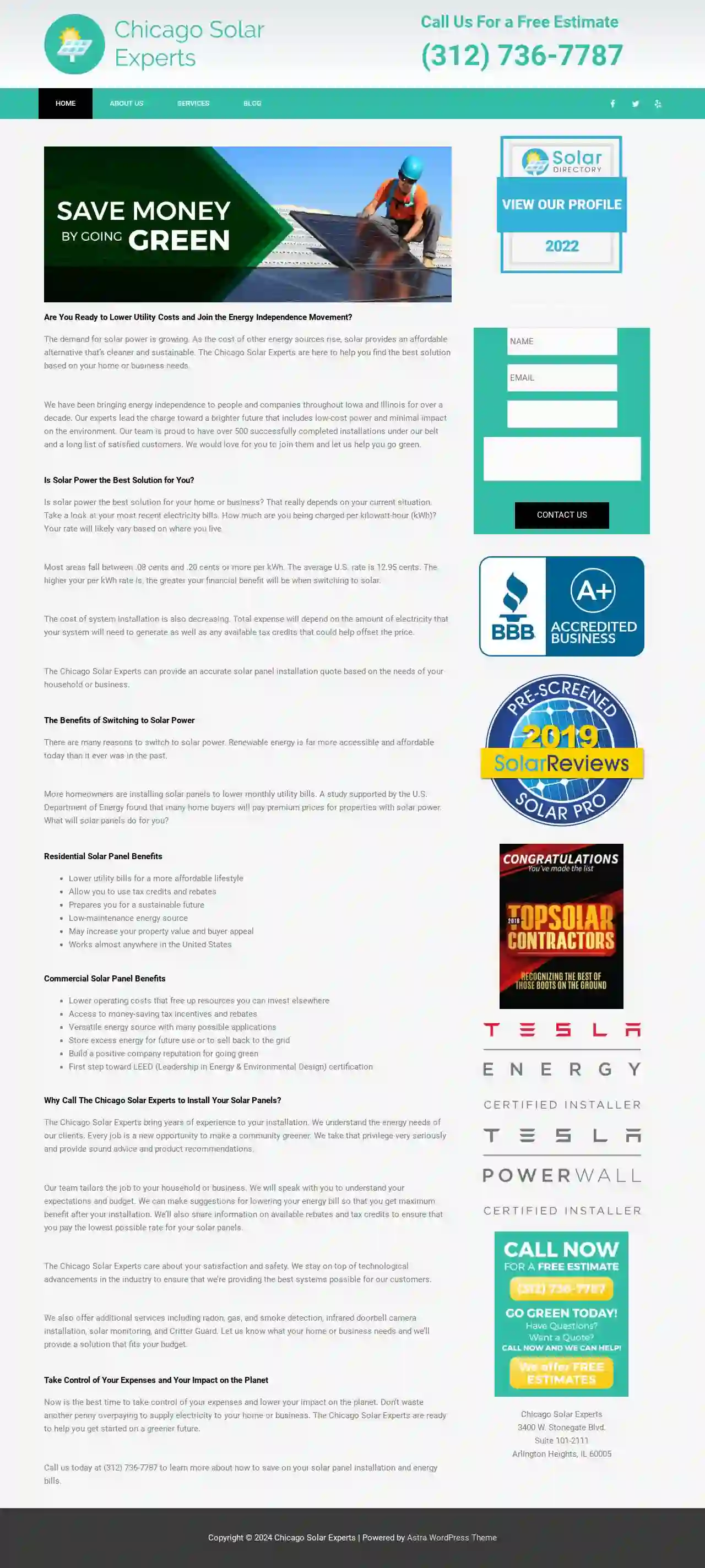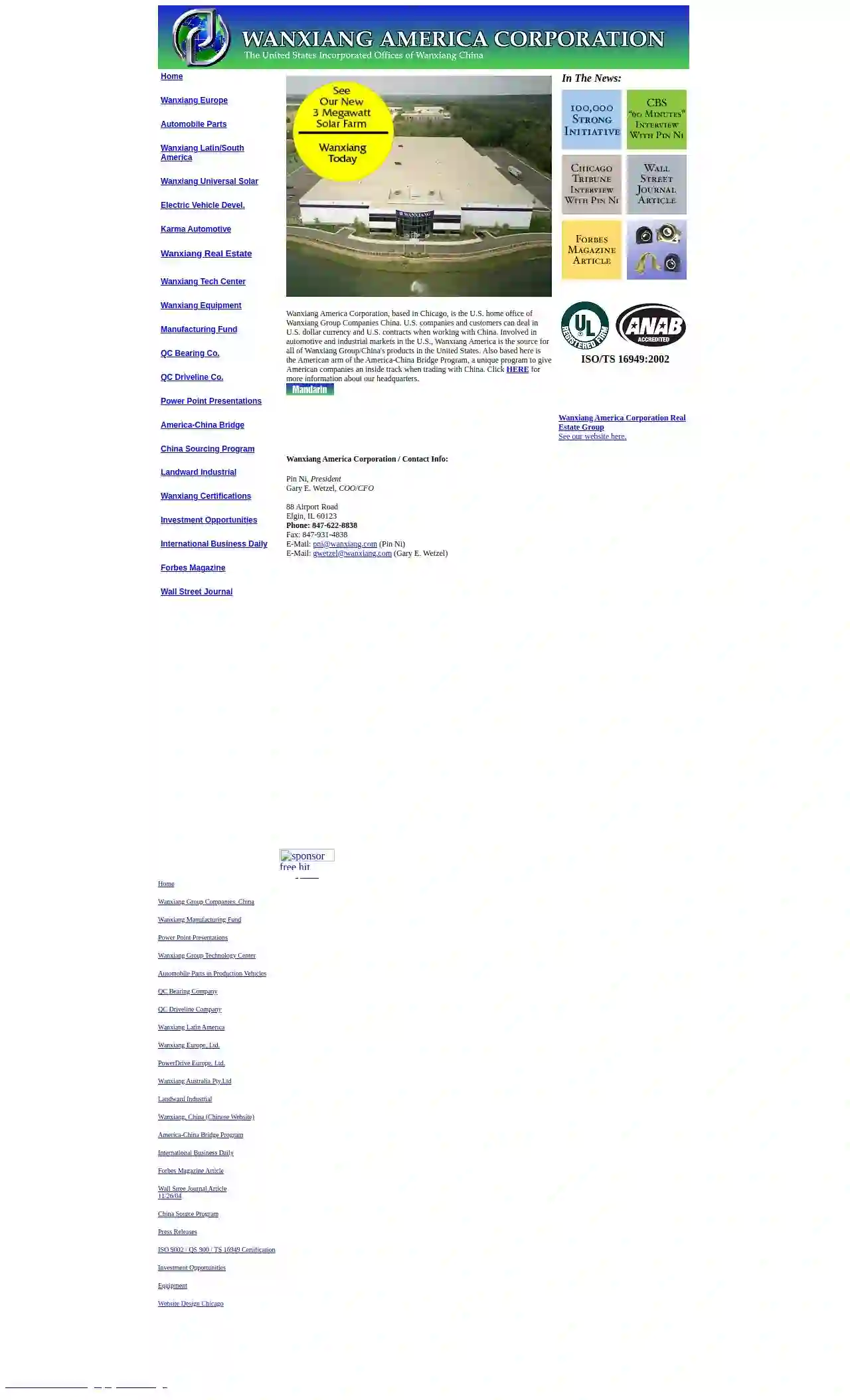Solar Installers Frankfort Square
Top 10 Solar Company in Frankfort Square
Receive up to 3 Solar Company quotes for your project today! Compare profiles, reviews, accreditations, portfolio, etc... and choose the best offer.

Iconic Energy
4.663 reviewsRockford, IL, USA, 4617 American Road, 61109, USIconic Energy is a Midwest solar installation company based in Rockford, Illinois. Our main focus is to provide clean affordable electricity to homes and businesses in the Midwest.
- Services
- Why Us?
- Accreditations
- Our Team
- Testimonials
- Gallery
Get Quote
SunStyle
8140 McCormick Blvd. #141, Skokie, IL 60076, 60076, USSunStyle is a Building-Integrated Photovoltaic roof / BIPV. Installed with a single set of building materials, the structural roof and energy generating modules are one. SunStyle is a structural roof and solar module combined, providing a durable, leak-proof roofing solution that is both beautiful and protective.
- Services
- Why Us?
- Accreditations
- Our Team
- Testimonials
- Gallery
Get Quote
1 Earth Solar
4.918 reviews123 Solar Way, Chicago, 60007, US1 Earth Solar is your trusted partner in sustainable energy solutions. With a passion for clean energy and a commitment to excellence, we’re leading the way in solar installations. Join us in shaping a brighter, greener future.
- Services
- Why Us?
- Gallery
Get Quote
Sangamon Solar
54 reviewsN/A, USCentral Illinois' Trusted Solar Experts. Sangamon Solar LLC helps you own your electricity by providing comprehensive solar solutions including site visits, proposal reviews, installation, and more. We offer high-quality equipment and flexible financing options starting at $0 down. Lock in Net Metering today.
- Services
- Why Us?
- Accreditations
- Our Team
- Testimonials
- Gallery
Get Quote
Clear Solar Power
Chicago, USThis domain has recently been registered with Namecheap. lotussolar.shop This webpage was dynamically generated by the domain owner using the Sedo Domain Parking Program. The automatically generated advertisements on this page come from third parties and are not associated with the domain owner or Sedo.
- Services
- Why Us?
- Gallery
Get Quote
Reficiency Solar
4.935 reviews4513 Lincoln Avenue, Lisle, 60532, USReficiency Solar is dedicated to creating a self-efficient, renewable world that will not only sustain but thrive for generations to come. We pride ourselves on fast-tracking our customer’s orders, keeping their costs low, and providing outstanding customer service. Our services include certified solar installers, residential and commercial new construction, licensed electrical contractor, electric vehicle charging stations, generator and battery storage home back-up solutions, and more. We are one of the few installers in Illinois that is a certified SunPower dealer, offering the most powerful, efficient, attractive, and durable solar panels on the market. We guarantee no surprises, with an all-in-house installation crew and 24/7 solar energy monitoring.
- Services
- Why Us?
- Accreditations
- Our Team
- Testimonials
- Gallery
Get Quote
Chicago Solar Experts
Suite 101-211, Arlington Heights, IL, 3400 W. Stonegate Blvd., 60005, USThe Chicago Solar Experts are dedicated to providing energy independence to people and companies throughout Iowa and Illinois. With over a decade of experience and more than 500 successfully completed installations, they offer affordable and sustainable solar power solutions. Their team of experts helps customers find the best solution based on their home or business needs, providing a tailored approach to energy independence.
- Services
- Why Us?
- Accreditations
- Our Team
- Testimonials
- Gallery
Get Quote
Wanxiang New Energy
52 reviewsWanxiang America Corporation, Elgin, IL, 88 Airport Road, 60123, USWanxiang America Corporation, based in Chicago, is the U.S. home office of Wanxiang Group Companies China. U.S. companies and customers can deal in U.S. dollar currency and U.S. contracts when working with China. Involved in automotive and industrial markets in the U.S., Wanxiang America is the source for all of Wanxiang Group/China's products in the United States. Also based here is the American arm of the America-China Bridge Program, a unique program to give American companies an inside track when trading with China.
- Services
- Why Us?
- Accreditations
- Our Team
- Testimonials
- Gallery
Get Quote
Halo Solar LLC
4.923 reviewsGoodfield, IL, USA, 123 Solar Lane, 61742, USHalo Solar is a professional, local, and certified Solar Energy expert. Our team of dedicated professionals with advanced degrees in renewable energy and solar energy systems is here to provide you the necessary information to make an appropriate and educated decision to determine if solar energy is right for you.
- Services
- Why Us?
- Accreditations
- Our Team
- Testimonials
- Gallery
Get Quote
Solar One Illinois
123 Solar Way, Batavia, 60510, USCom-Sol helps Illinois businesses save millions in energy costs by installing solar systems with zero upfront investment. They offer a proprietary energy savings payment model that combines benefits from traditional solar models, providing tax advantages, minimizing upfront expense, increasing property value, and offering instant energy savings.
- Services
- Why Us?
- Accreditations
- Our Team
- Testimonials
- Gallery
Get Quote
Over 4,210+ Solar Companies onboarded
Our solar providers operate in Frankfort Square & surrounding areas!
SolarCompaniesHub has curated and vetted Top Solar Companies near Frankfort Square. Find the most reliable business today.
Frequently Asked Questions About Solar Installers
- System size (measured in kilowatts, or kW)
- Type of solar panels (monocrystalline, polycrystalline, thin-film)
- Roof complexity (pitch, size, obstructions)
- Labor costs in your area
- Available incentives and rebates
What is the average cost of solar panel installation in USA?
What is the lifespan of solar panels?
What happens if my roof needs to be replaced after I install solar panels?
Do I need to replace my roof before installing solar panels?
What is the average cost of solar panel installation in USA?
- System size (measured in kilowatts, or kW)
- Type of solar panels (monocrystalline, polycrystalline, thin-film)
- Roof complexity (pitch, size, obstructions)
- Labor costs in your area
- Available incentives and rebates